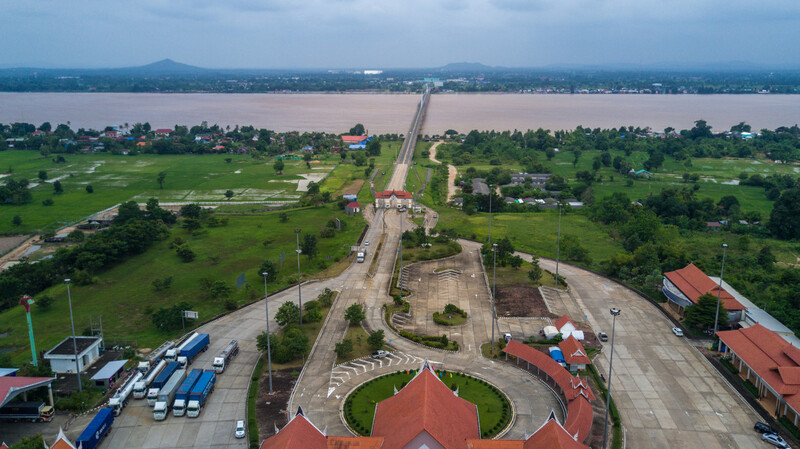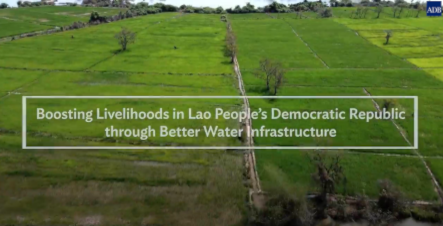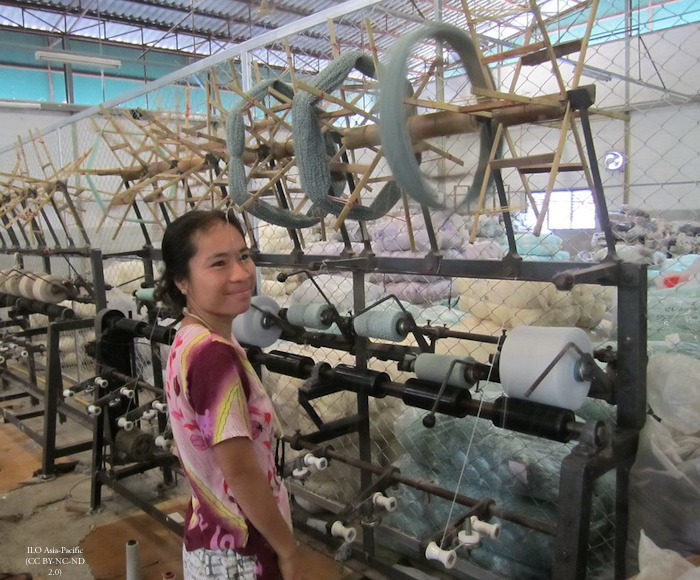ADB-supported National Solar Park in Cambodia Connects to Grid
A partnership between the Asian Development Bank (ADB) and Electricite du Cambodge (EDC), Cambodia’s national power utility, to develop a 100-megawatt (MW) National Solar Park reached a milestone with the park’s first 60 MW solar photovoltaic (PV) power generation plant connecting to the national grid. ADB President Masatsugu Asakawa marked the occasion with a visit to the solar park on 11 November, during which he initiated the start of power delivery.











